Off the charts at Delaware Park
“The eyes and ears of the betting public” is how one chart caller describes the job, and it’s an apt description.
The chart caller’s crucial and somewhat nitty-gritty job is to compile and provide the data used to construct the Equibase chart for each of the races at the track – the horses’ positions at different points of call, the written description of how the race is run, purse earnings, and so forth.
- Laurel: Four-win day for Jaime Rodriguez
 Jockey Jaime Rodriguez won four times on Sunday, including two in allowance company, as he continues to have the hot hand at Laurel Park.
Jockey Jaime Rodriguez won four times on Sunday, including two in allowance company, as he continues to have the hot hand at Laurel Park.
Because Equibase is the official data collector for the racing industry, the data compiled by the chart callers undergirds all of the handicapping products you might use.
[VIDEO: The eyes and ears of the betting public]
As a handicapper, I find charts crucial but even if you do not review race charts that data serves as the essential core of the past performances you do review in on race day. Like handicapping, constructing a race chart is both an art and a science requiring a keen eye, experience and a certain amount of brain power.
At Delaware Park, the chart callers for much of the meet were John DaSilva and Nick Fanucchi, and I observed the two of them at work one day. Subsequently, Nick transferred to Colonial and John now has a new partner, Mark Fisher.
Chart caller duties are best handled, as you might expect, high above the track in the pressbox. They are under pressure to gather data with as close to 100% accuracy as possible in a short period of time. The challenge to do so necessitates that they stay busy all day, and a kind of quasi-isolation is helpful to enable them to stay focused on their task.
I sat down with them last month so I could educate myself on just how they do their jobs. Even as a nearly 50-year veteran of attending the races, I was quite unaware of the complexity and scope of their roles.
John and Nick made an interesting team. John has a long and extensive background in the sport, which includes among other things writing for the New York Post and a working as a jockey agent. He now also works in the Parx racing office.
Nick is a young man who recently transitioned from working on the backside at his family’s stable. This role was new to John beginning last year and he handled the job by himself. Nick came on this year and it took me about ten seconds of observing what they do to realize that optimally this is a two-person job.
Typically, one person will call the race, and the other will take and record the call. The person calling the race watches it intently, and at each point of call – in a six-furlong race, say, that will be at the start, after one-quarter mile, after a half-mile, and after five furlongs – tells the other where each horse is and how far from the next horse.
In a race with the one horse leading the two, three, and four, the caller might say something like, “It’s one a length, two by two, three by five to the four.” The chart caller’s patter is a kind of racing rap or poetry.
The most challenging part of the job is marking the order and lengths separating the horses at the points of call while watching the race live and with the benefit of viewing only two or three replays. This, the short comments that appear next to each horse’s running line in the past performances (e.g., “bid, flattened”), and the more comprehensive footnote that appears in the chart are typically all completed before the next race.
In addition to that time pressure the challenge is exacerbated by the limitations of depth perception as horses are coming in and out of turns. If it is a large field, chart calling team members sometimes split covering the field.
The final chart is a compilation of information gathered before the race (e.g., run-up distance, equipment, conditions), during the race (line and comments) and after the race (payouts, handle). Some of that info must be manually entered while other data is compiled automatically from outside sources. In addition, virtually instantaneous “flash results” are required to be transmitted once the race is made official.
When critical software or hardware goes down the need for additional human intervention further complicates the process. That makes it imperative that the two chart callers truly work together as a team – as, in fact, the eyes and ears of the betting public.
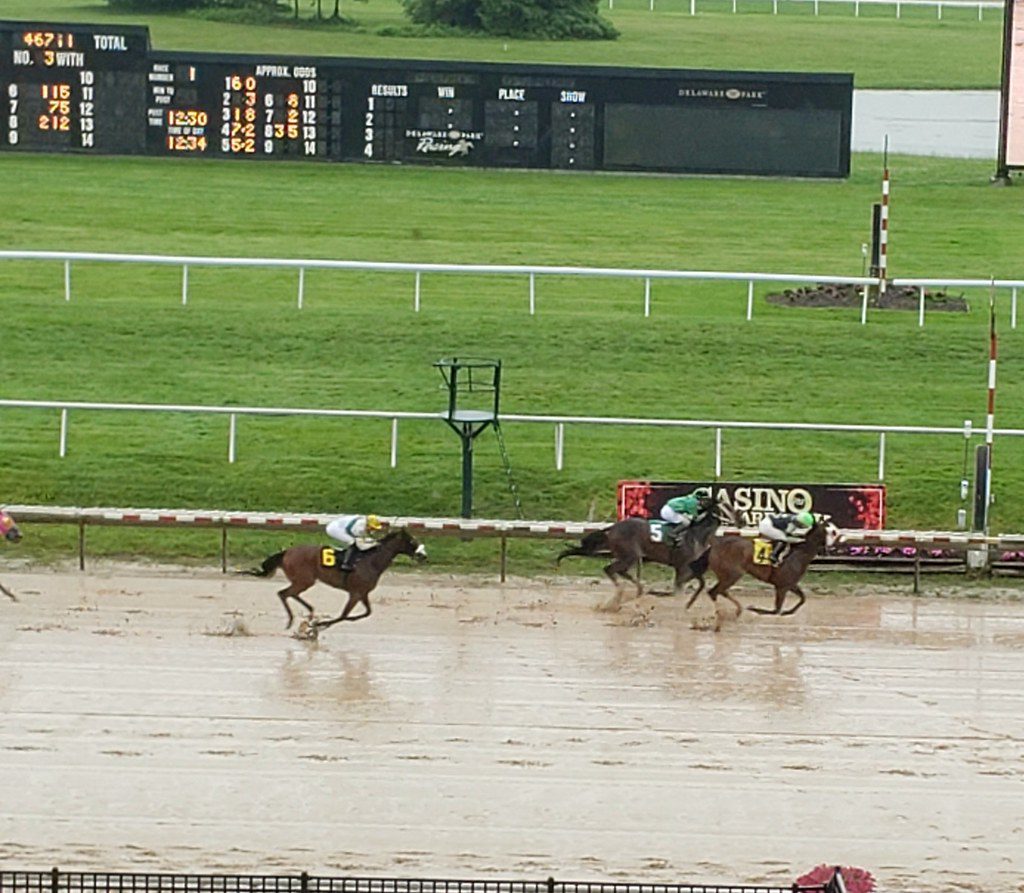
LATEST NEWS



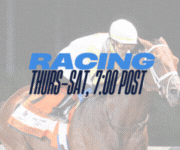


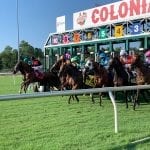
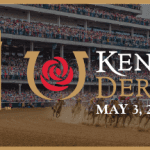
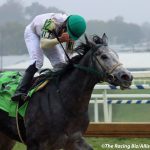
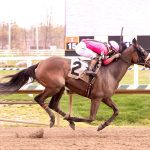
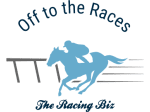






Behind the scenes reporting.
Well done Mike 👏🏻👏🏻👏🏻